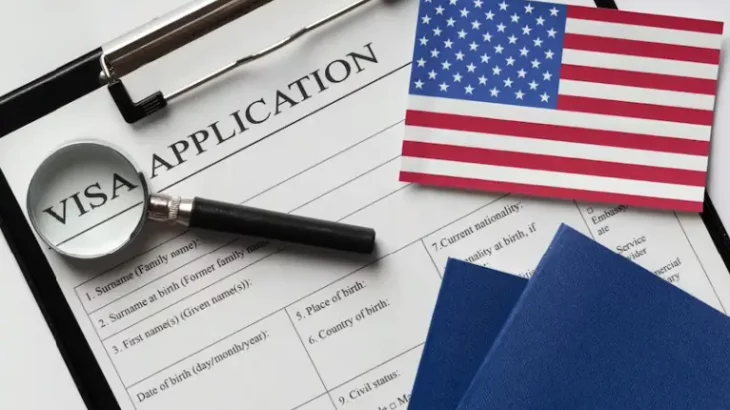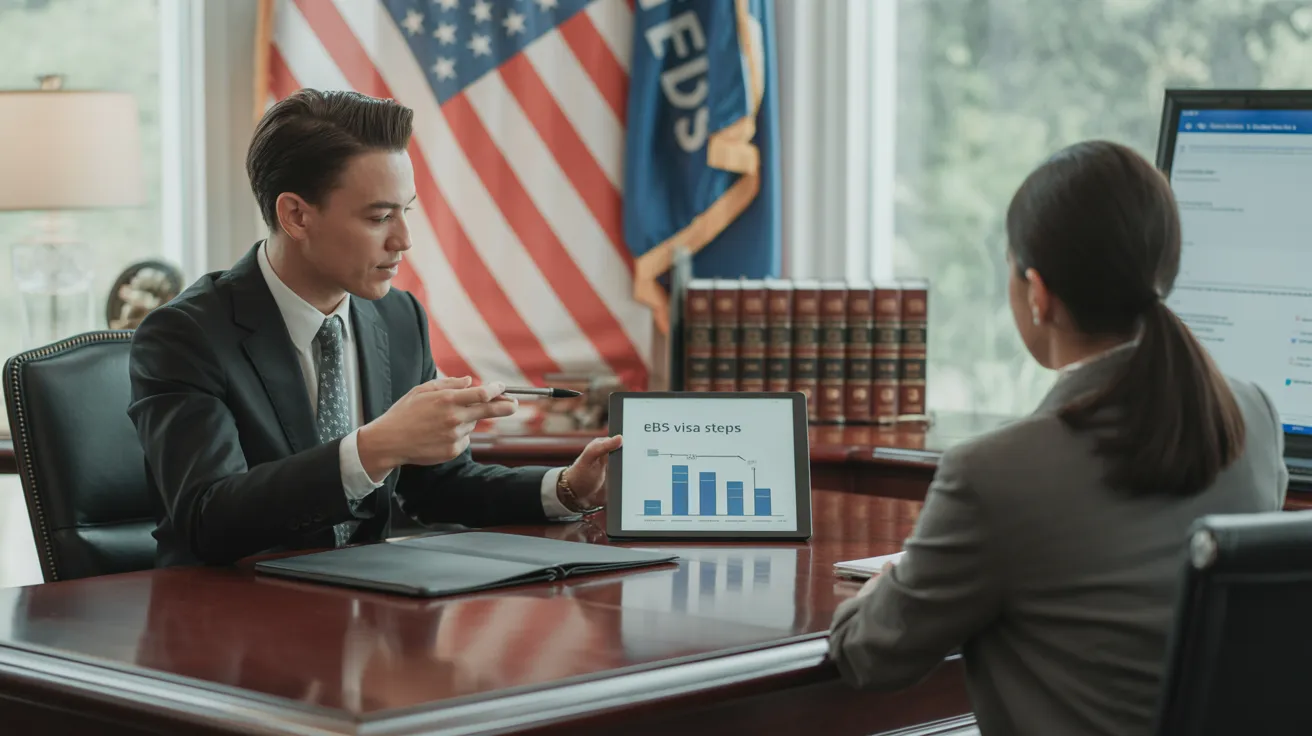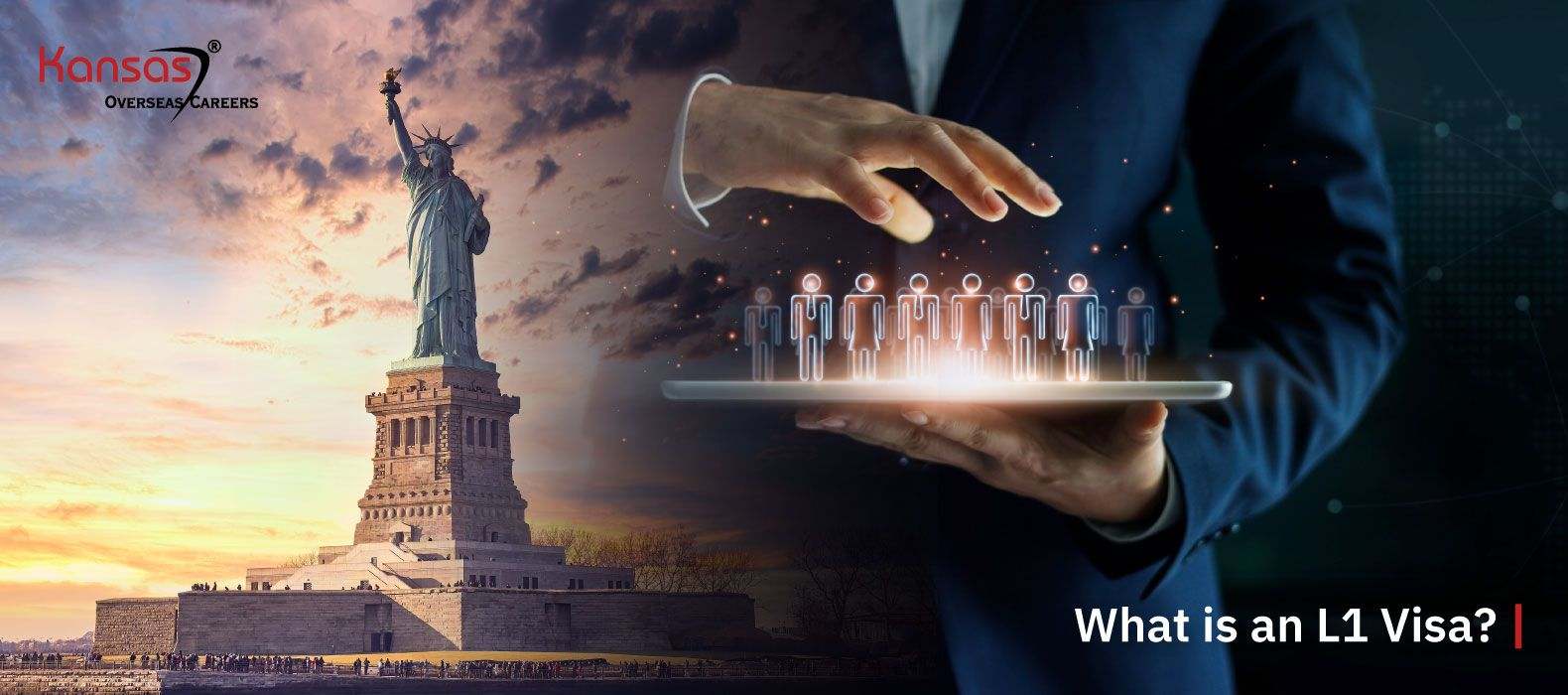L1 Visa Can Be Fun For Everyone
Table of ContentsSome Known Facts About L1 Visa.The 25-Second Trick For L1 VisaThe 5-Second Trick For L1 Visa10 Easy Facts About L1 Visa DescribedExcitement About L1 VisaNot known Details About L1 Visa
Readily Available from ProQuest Dissertations & Theses International; Social Science Premium Collection. DHS Workplace of the Assessor General. Obtained 2023-03-26.
United State Division of State. Obtained 2023-02-08. Tamen, Joan Fleischer (August 10, 2013).
The Basic Principles Of L1 Visa
In order to be qualified for the L-1 visa, the international firm abroad where the Recipient was employed and the U.S. company should have a certifying partnership at the time of the transfer. The different types of qualifying connections are: 1.
Company A possesses 100% of the shares of Firm B.Company A is the Moms And Dad and Company B is a subsidiary. There is a certifying partnership in between the 2 business and Firm B ought to be able to sponsor the Recipient.
Instance 2: Company A is included in the united state and desires to petition the Recipient. Company B is incorporated in Indonesia and employs the Recipient. Company A possesses 40% of Firm B. The remaining 60% is owned and controlled by Company C, which has no relation to Company A.Since Business A and B do not have a parent-subsidiary connection, Company A can not sponsor the Beneficiary for L-1.
Company A possesses 40% of Business B. The staying 60% is had by Business C, which has no relationship to Company A. Nonetheless, Company A, by formal contract, controls and full manages Business B.Since Company A possesses much less than 50% of Business B but manages and controls the company, there is a certifying parent-subsidiary partnership and Business A can sponsor the Recipient for L-1.
How L1 Visa can Save You Time, Stress, and Money.
Company B is incorporated in the U.S.
The Of L1 Visa

The L-1 visa is an employment-based visa category established by Congress in 1970, enabling international business to move their managers, execs, or essential workers to their U.S. operations. It is commonly referred to as the intracompany transferee visa. There are 2 primary types of L-1 visas: L-1A and L-1B. These types appropriate for workers employed in different settings within a business.

Furthermore, the beneficiary should have worked in a supervisory, exec, or specialized staff member setting for one year within the three years preceding the L-1A application in the foreign firm. For new office applications, international work needs to have been in a supervisory or executive capability if the recipient is involving the United States to function as a manager or exec.
L1 Visa Fundamentals Explained

If provided for a united state business operational for greater than one year, the initial L-1B visa is for as much as three years and can be extended for an additional 2 years (L1 Visa). Conversely, if the U.S. company is newly established or has been operational for much less than one year, the preliminary L-1B visa is released for one year, with extensions readily available in two-year increments
The L-1 visa is an employment-based visa category established by Congress in 1970, permitting international business to transfer their managers, execs, or essential personnel to their U.S. procedures. It is commonly described as the intracompany transferee visa. There are 2 main kinds of L-1 visas: L-1A and L-1B. These kinds are suitable for staff members hired in various placements within a business.
10 Simple Techniques For L1 Visa
Furthermore, the beneficiary must have operated in a supervisory, L1 Visa law firm exec, or specialized staff member setting for one year within the three years coming before the L-1A application in the foreign company. For new workplace applications, foreign work needs to have been in a managerial or executive capacity if the recipient is coming to the United States to function as a manager or executive.
for as much as 7 years to oversee the operations of the united state affiliate as an executive or supervisor. If provided for a united state company that has actually been operational L1 Visa law firm for greater than one year, the L-1A visa is at first provided for as much as 3 years and can be prolonged in two-year increments.
If granted for a united state firm functional for even more than one year, the first L-1B visa is for up to 3 years and can be extended for an extra 2 years. Conversely, if the united state business is freshly established or has been operational for less than one year, the initial L-1B visa is issued for one year, with extensions offered in two-year increments.